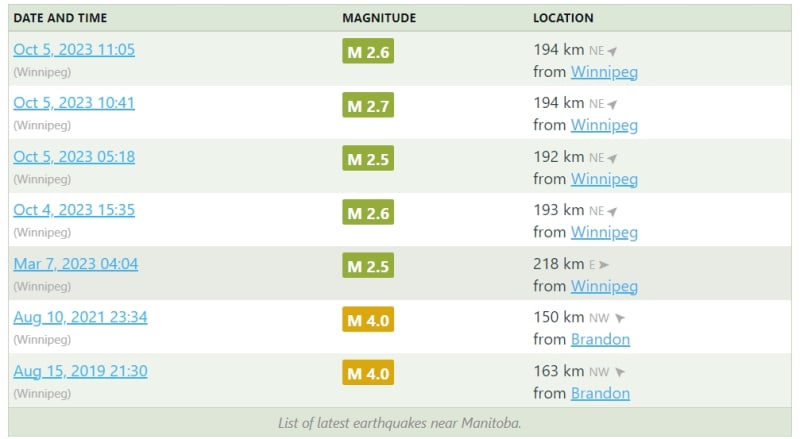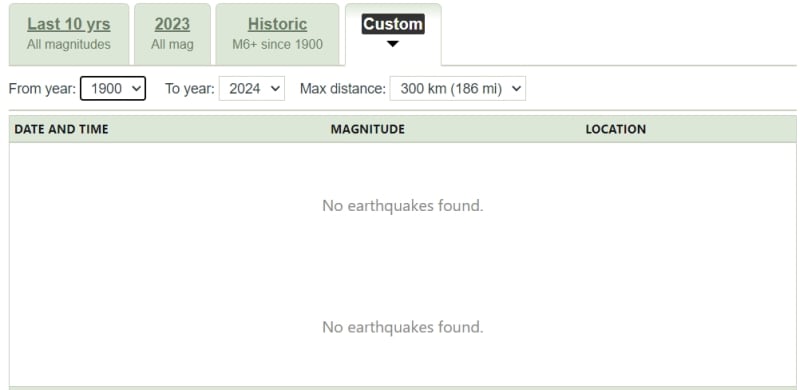The seismic provisions are going to be a mess the first half dozen times you use them because they're horribly non-user friendly and nobody in the jurisdiction is going to understand what they mean. Everyone was doing weird stuff for a few years in BC back in the day.
From a production standpoint, if it really doesn't govern in your location, it's going to be plugging two or three numbers into a spreadsheet, getting a base shear and writing down that it doesn't govern over wind. There's some connection stuff that you need to know because they can govern that part of the design even if they don't govern overall base shear, but they're really minimal for the conventional construction seismic system you'll generally use.
If you don't have it get Andy Metten's book. It's the only one I'm aware of that walks through how to do small building seismic in the straightforward way it's done in production rather than trying to deal with all the complicated parts you'd hit for a 30 floor building in Vancouver.
I also know he's roughed out a version of his seismic worksheet thing for the new code. He's been an adamant proponent that you should be able to do the primary seismic demand calculations for a low rise building on one or two pages of a simple worksheet if they're going to be practical. I don't know where I've seen the new version though. I think in one of the code presentations. You could probably fire him an email and ask for a copy.
The 2015 version of his one page base shear worksheet is in this presentation:
It's also in his book and includes another page that does the floor distribution
Basically, in practice, you're just going to use the short period cutoff formula for basically everything short. If things get taller, you'll just do the code assumed period formula and plug that in as well.
edit: it also looks like a bunch of manitoba for a bunch of site classes will just use the new one line simplified method. If that's the case I'd not worry too much about changing software. Manually entering values from that into whatever you're currently set up for is probably easier than transitioning to something before you've figured out a workflow for the new code.


